This article was written by local resident and former Oxhey Village Environment Group chair Ian Davis. It was originally published in the summer 2025 OVEG newsletter.
We would be interested to see further images of the pubs mentioned, particularly interior shots. We would also like to hear residents’ memories of the pubs. If you can help, please contact publicity@oveg.org.
We are lucky in Oxhey to have six thriving pubs and, unless you are very new to Oxhey or for some unlikely reason have not walked up Upper Paddock Road, then you will have passed the former Haydon Arms.
However, who has heard of The Prince of Wales, The ‘other’ Royal Oak (no, not the one on Watford Heath), The Duke of Edinburgh, or The Railway Tavern? Historically there were far more pubs because, with the arrival of the railways and the growth of industry, most work was manual and hard, leading to thirsty people. Additionally, the quality of the water in the Victorian era was often not trusted, so beer, having gone through a fermentation process, was preferred by many.
By 1871, this meant there was one pub for every 120 people in Bushey and Oxhey combined! The history of the pubs is closely tied up with the history of the lost breweries of Watford – particularly Benskin’s, but we don’t have space to cover that story.
Anyway, enough of the background – what about the pubs?
The Haydon Arms
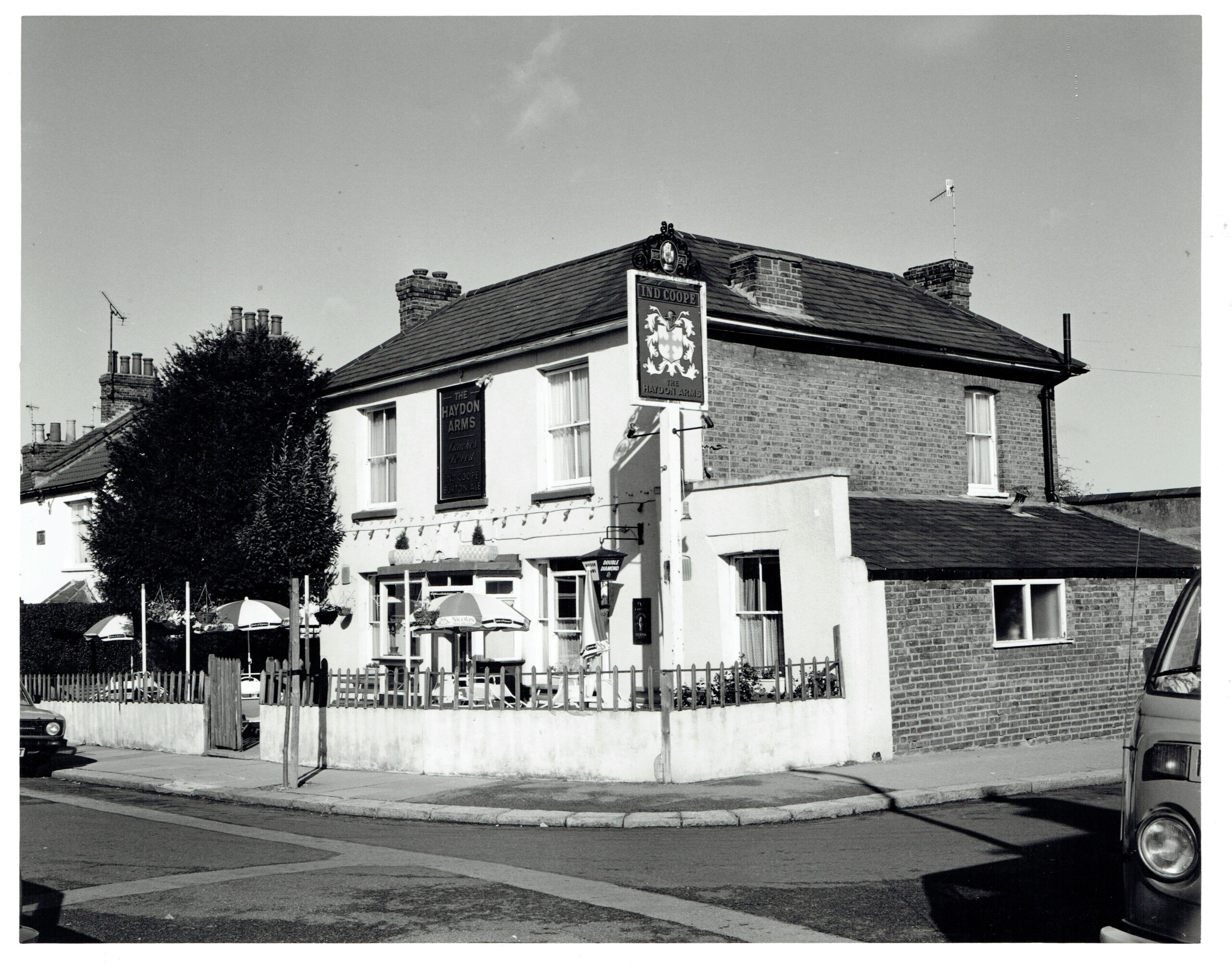
Built by James Glennerster in 1862, coinciding, like many, with the growth of New Bushey; the original name for Oxhey. It was very much a ‘local’ pub with the name deriving from the Hayden (or Haydon) family who were local landowners in the sixteenth and seventeenth centuries. Apparently, it was also known locally as the ‘Gardeners Arms’ because produce from the allotments was sold under the bar window.
On a history sheet published by OVEG in 1994, a lady by the name of Dora Duncan recalled how it was originally a beer house with the only toilets being outdoors for men. A condition of an application to sell spirits and wines was that it built indoor toilets for men and women. She adds that it was “a nice little country pub at one time.”
In another OVEG local history sheet, Lawrence Larcombe recalls a landlord from the 1920s: “I remember Mr. Bennett Senior used to wash it down in the mornings but instead of going in from the front he used to approach it from the garden at the side with a bucket of water and tip it straight over the top. I often wondered if anyone got a free shower.”
Still remembered by many older residents, The Haydon Arms was closed and threatened with demolition but converted to residential accommodation in 2001. Fortunately, the pub sign remains to indicate the building’s former use.
The Prince of Wales
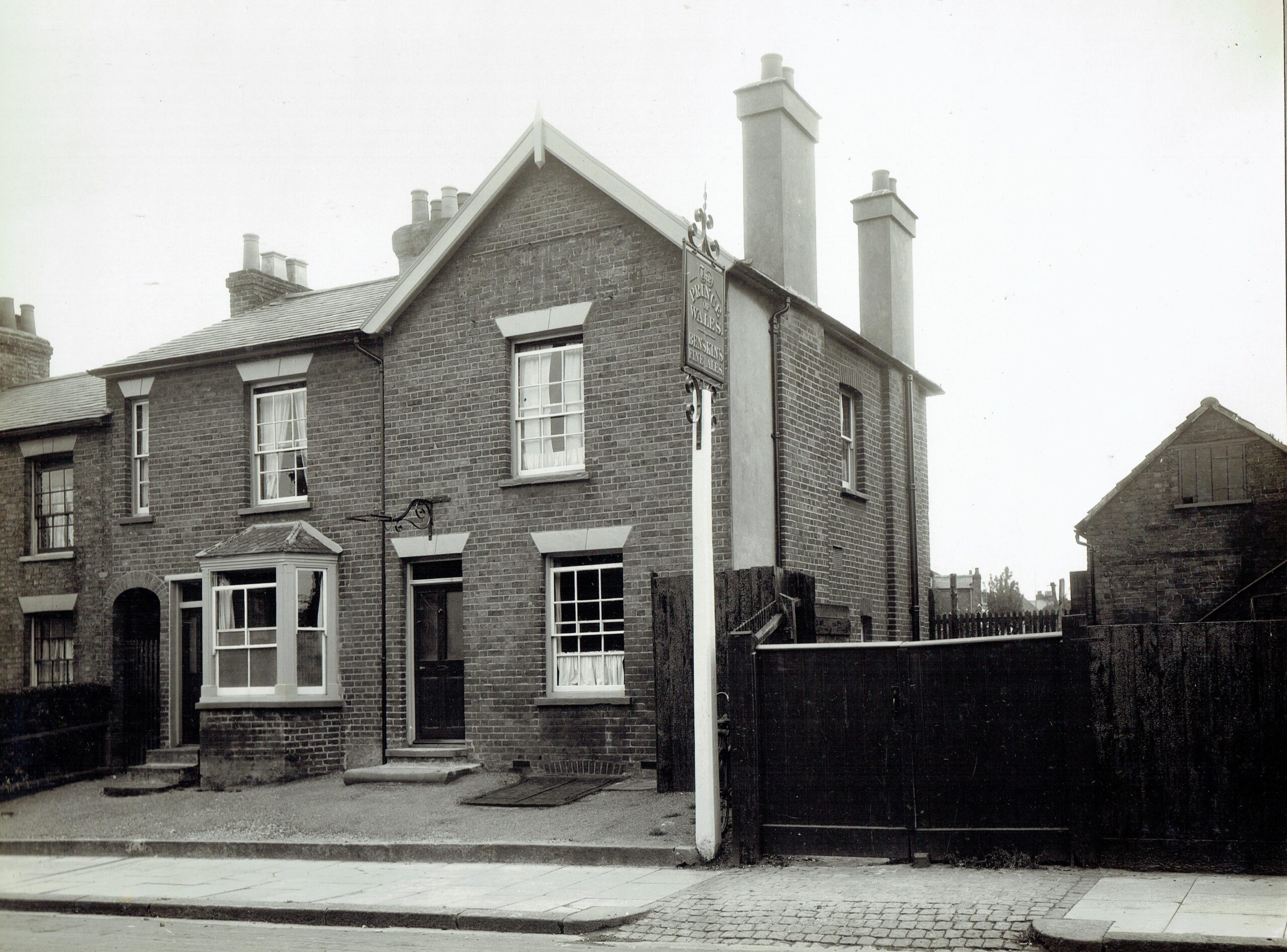
The building still exists as the house at 78 Villiers Road. Built in the 1860s by Mary Ann Thaxter, it was acquired by Benskin’s Brewery and survived until 1955 when the final landlord vacated, and the property became a roofing contractor’s premises for many years. At the time, the Prince of Wales was the eldest son of Queen Victoria – the name of our very much open pub on Chalk Hill.
According to the book From the Wheatsheaf to the Windmill, it was very much a locals’ pub with an unknown visitor being a rare event. It was also licensed only to sell beer and cider.
The ‘other’ Royal Oak
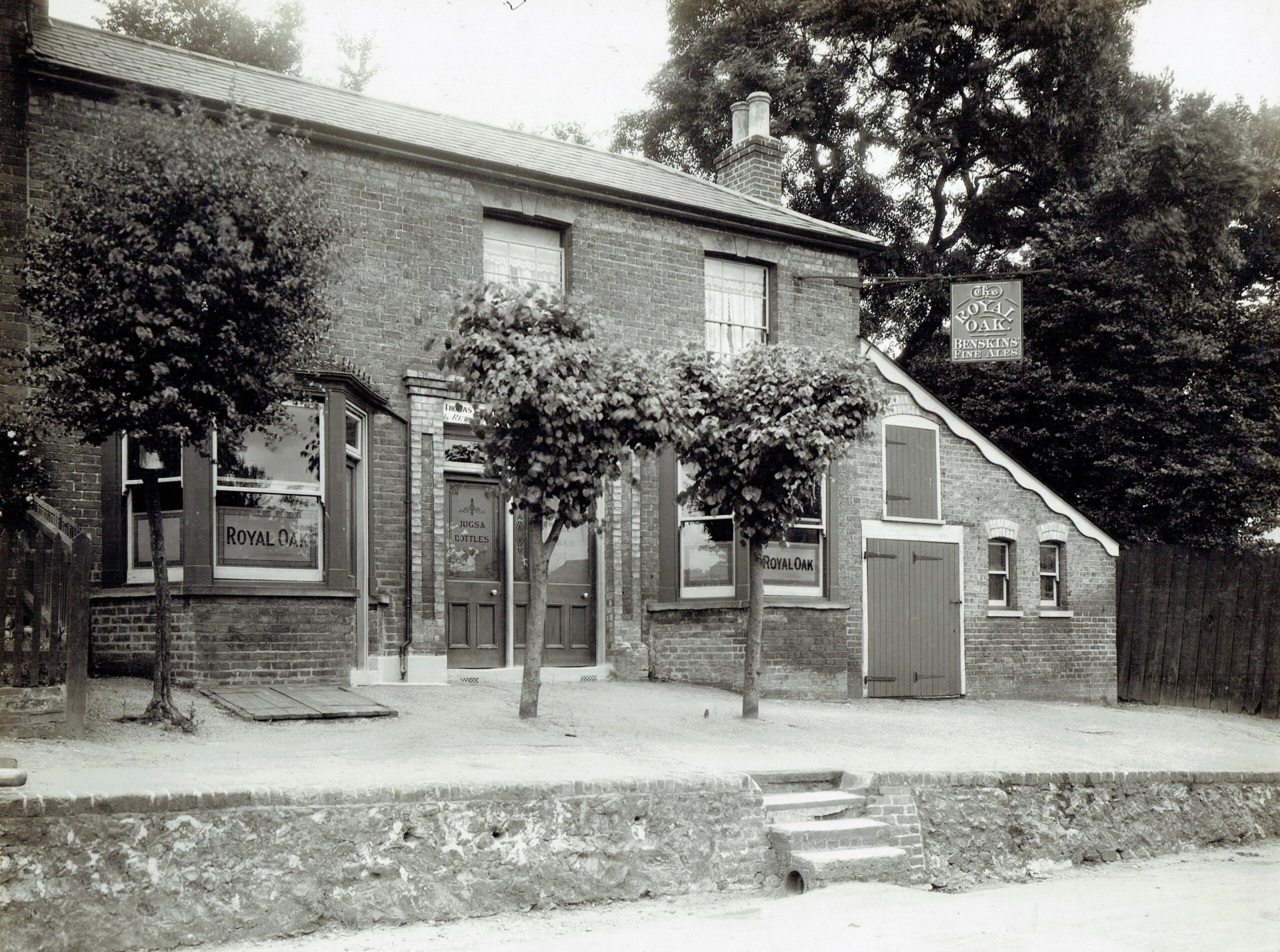
The Royal Oak still exists as the house at 142 Villiers Road, on the corner of Pinner Road, and is still identifiably a former pub.
Also built in the 1860,s it was owned by the Mill End brewery and then Sedgwick’s (another great lost Watford brewery) before Benskin’s took it over. The pub closed in the 1970s. The last publican is recorded as a Mrs Margaret Palmer. The name of all the Royal Oaks derives from the story of the future King Charles II, hiding from the Roundheads in an oak tree.
The Duke of Edinburgh
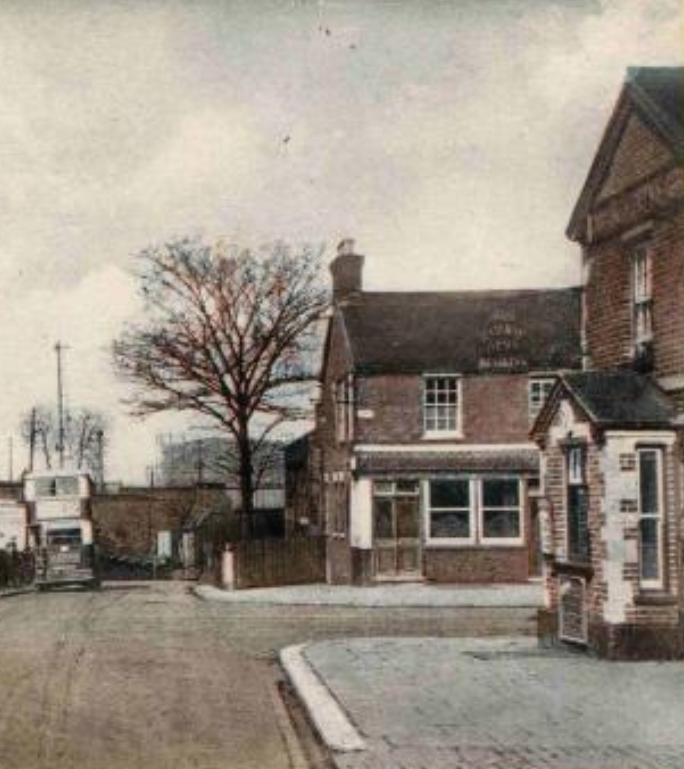
This pub has now completely vanished. Named after Prince Alfred, Duke of Edinburgh (1844-1900), it was opposite Bushey railway station at 2 Aldenham Road, opposite the current Railway Arms.
It was also opened in the 1860s as the Colliers Arms. The name derived from the first owner Thomas Terry being a local coal merchant who ran his business from the pub. At this time, Bushey station would have had extensive facilities for coal deliveries for the gasworks further up Lower High Street, and the location of a coal merchants over the road would have been very convenient.
It had a few owners before becoming a Healey’s, then a Benskin’s pub. It was demolished in the mid-1960s to make way for a car showroom; itself demolished to become today’s Attenborough Court.
The Railway Tavern
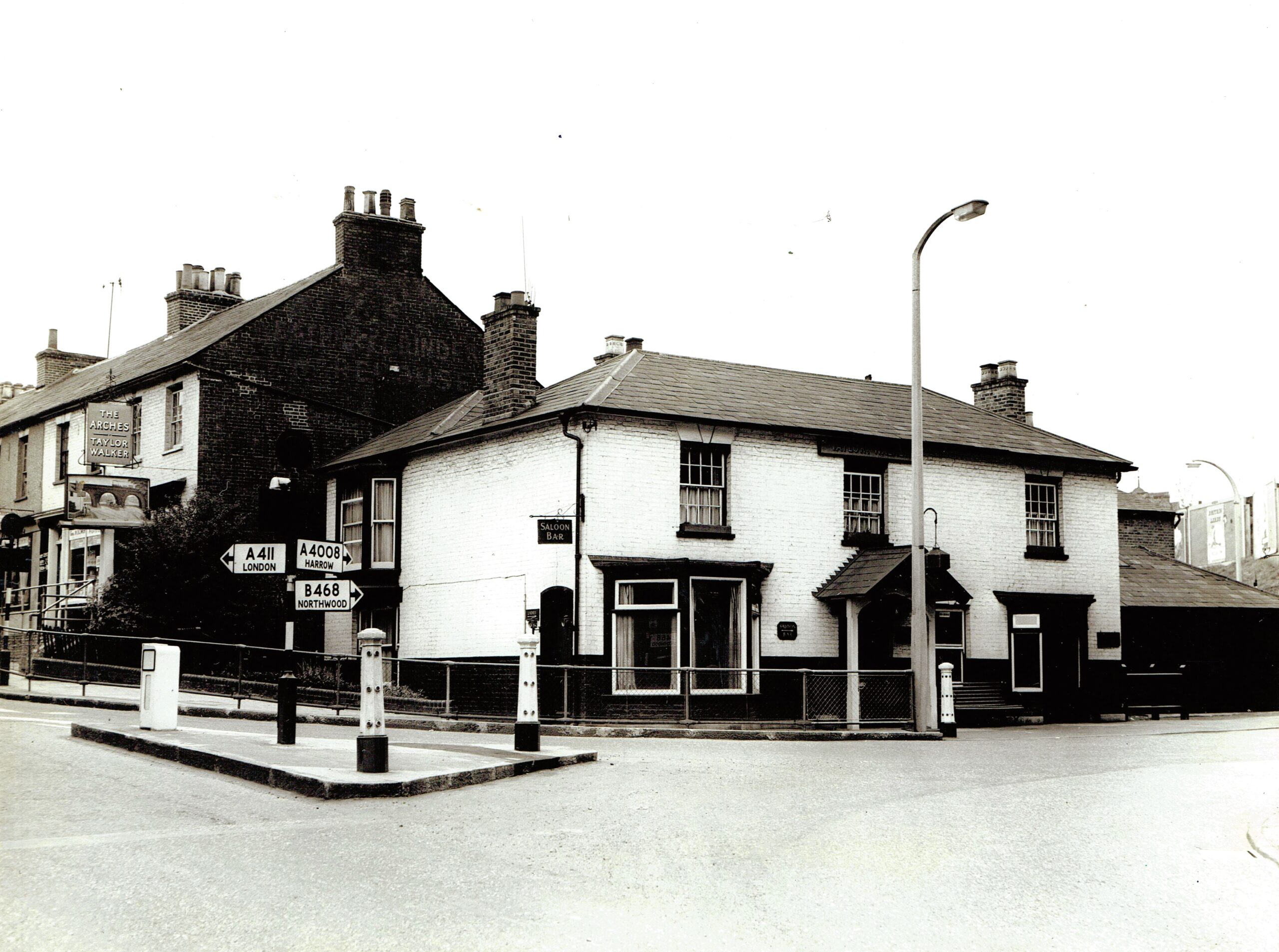
The Railway Tavern stood on the site opposite Bushey Arches, on the junction of Chalk Hill and Pinner Road, where a small car park is today.
It was opened in 1858 as the Railway Hotel with the first landlord being a Richard Luckett, whose descendants are the car/coach hire firm of today.
Indeed, the Luckett family ran the pub for the next 90 years. It became The Arches in 1957, with other records referring to it as The Sportsman, but was demolished in 1973, still known to many as ‘Lucketts.’ The book From the Wheatsheaf to the Windmill describes the end of the pub being related to the traffic problems around the Arches… so nothing has changed there!
The Windmill
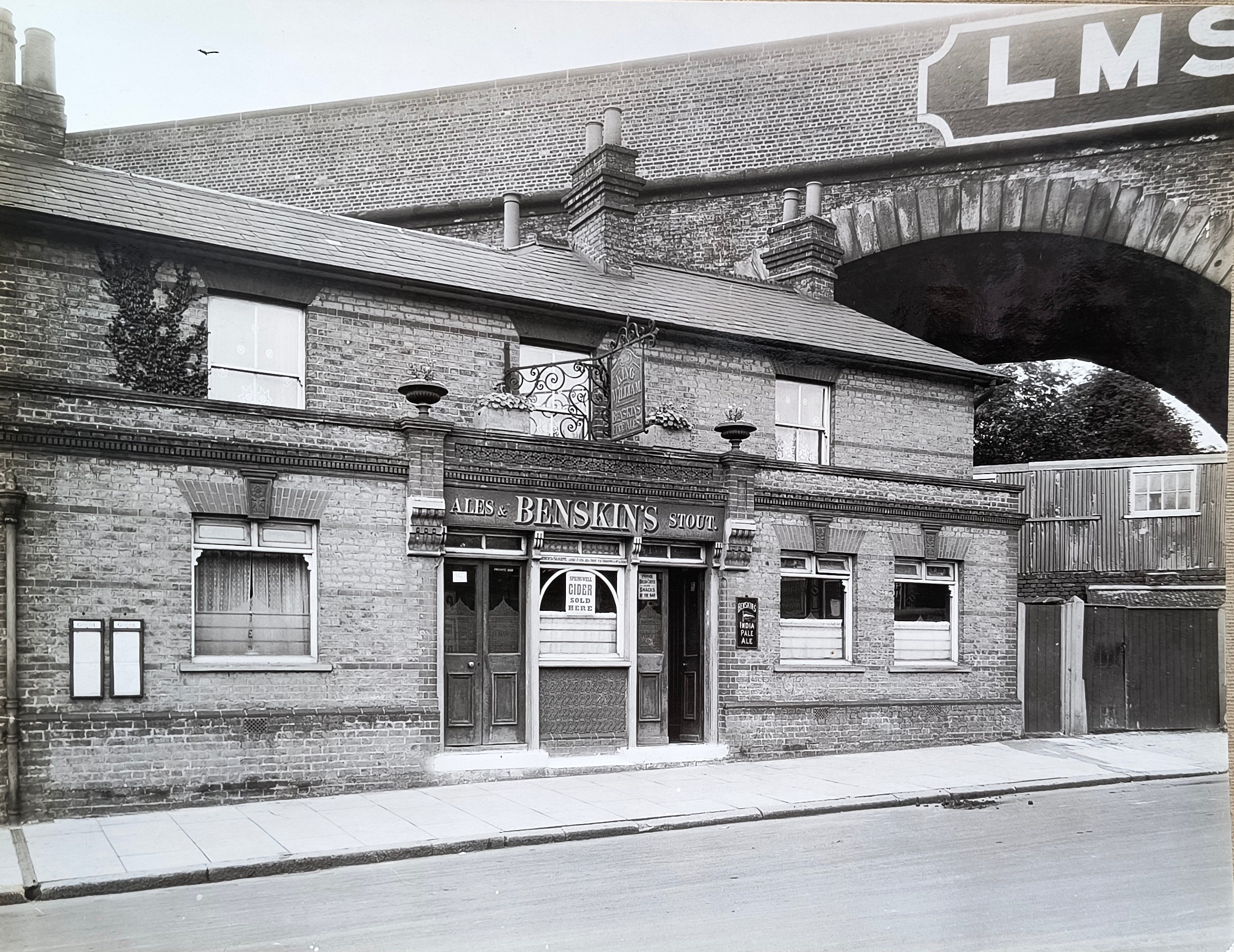
A much more historical beer house, The Windmill dated from somewhere between 1747 and 1772, located where the present Ye Corner is, where apparently there was early industrial activity. Documentary evidence shows it still existed in 1820, but its final demise is not recorded.
The building of the more recent King William IV incredibly still exists but is barely recognisable as the disused former tool-hire shop, just beyond Bushey Arches.
The first account of that beer house is from 1832, making it older than many of the other pubs in the area, and the building of Bushey Arches would surely have brought many thirsty workers to the place. It was closed in 1959.
Finally, there was…
The Wheatsheaf
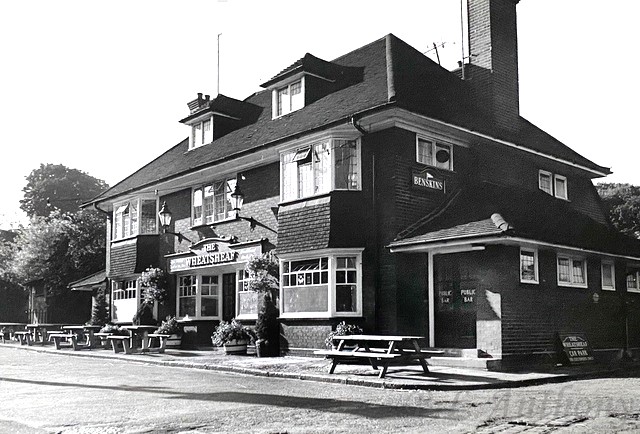
The site of the Wheatsheaf now hosts the Mercedes car showroom. This is recorded as having a bawdy reputation because of the gardens behind it.
The pub itself had a theatre where the celebrated Victorian-era actor Henry Irving appeared. Believed to date from the 1750s, it was replaced in 1930 by a ‘roadhouse’ style pub to facilitate the widening of Lower High Street. This later building itself was demolished in 1988. Again, there are many records of locals who fondly remember spending time in the Wheatsheaf.
For this article I am indebted to the book From the Wheatsheaf to the Windmill, which can be found in Bushey Museum and is well worth purchasing. Photographs are courtesy of Watford Museum, which is presently closed, but the online archive has many interesting photos of the area and its businesses.
Other source material has included the OVEG History Sheets from the 1990s, recording the memories of many older residents of the time.
Ian Davis
Summer 2025
You must be logged in to post a comment.